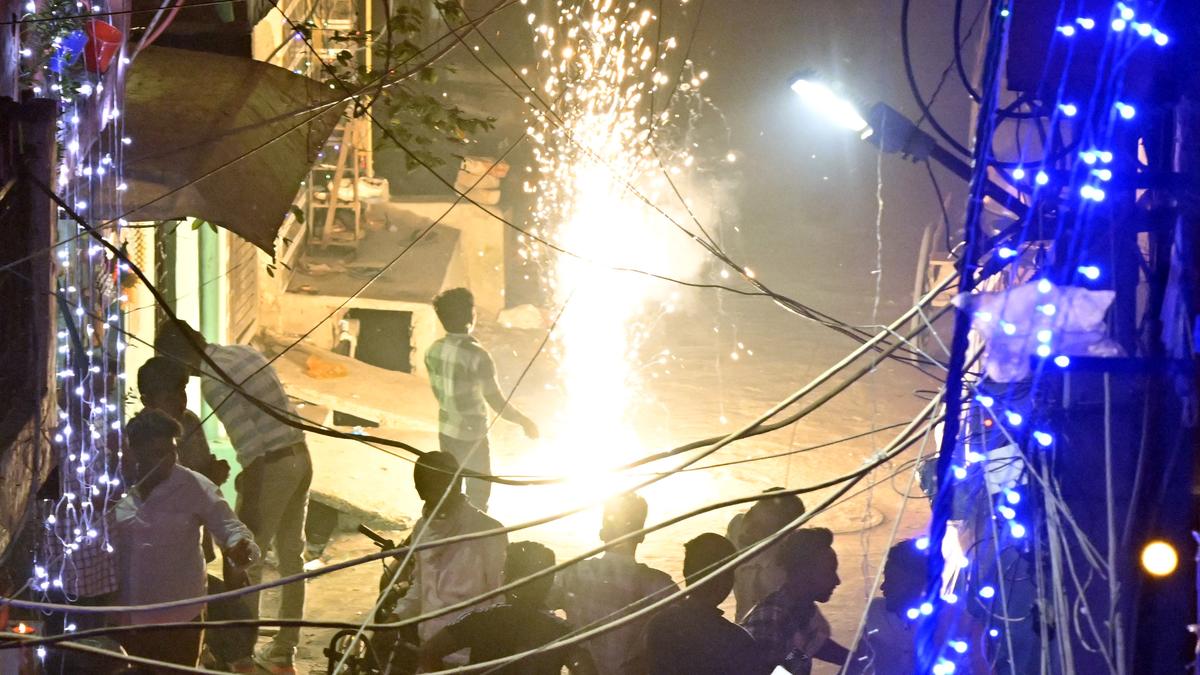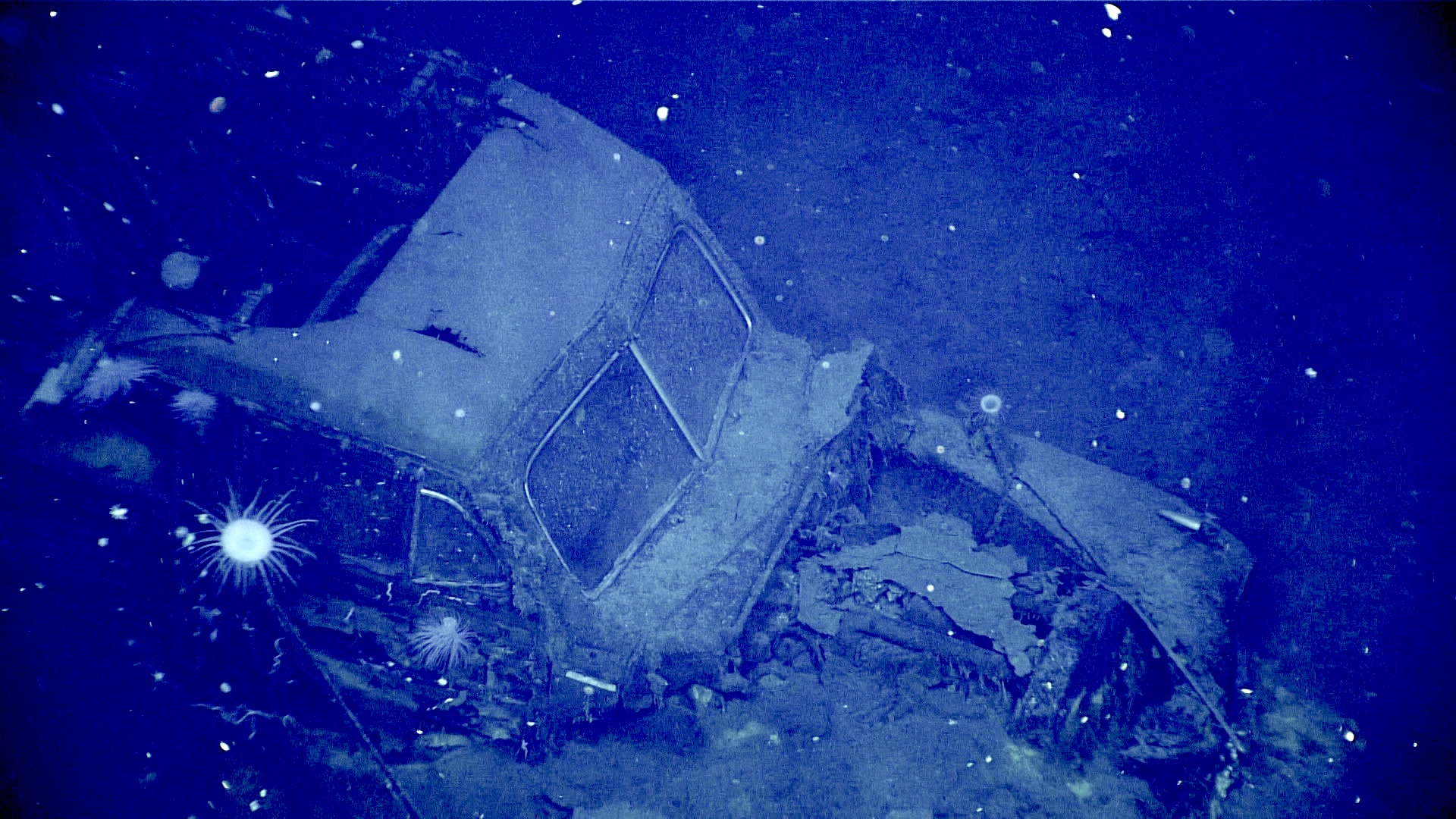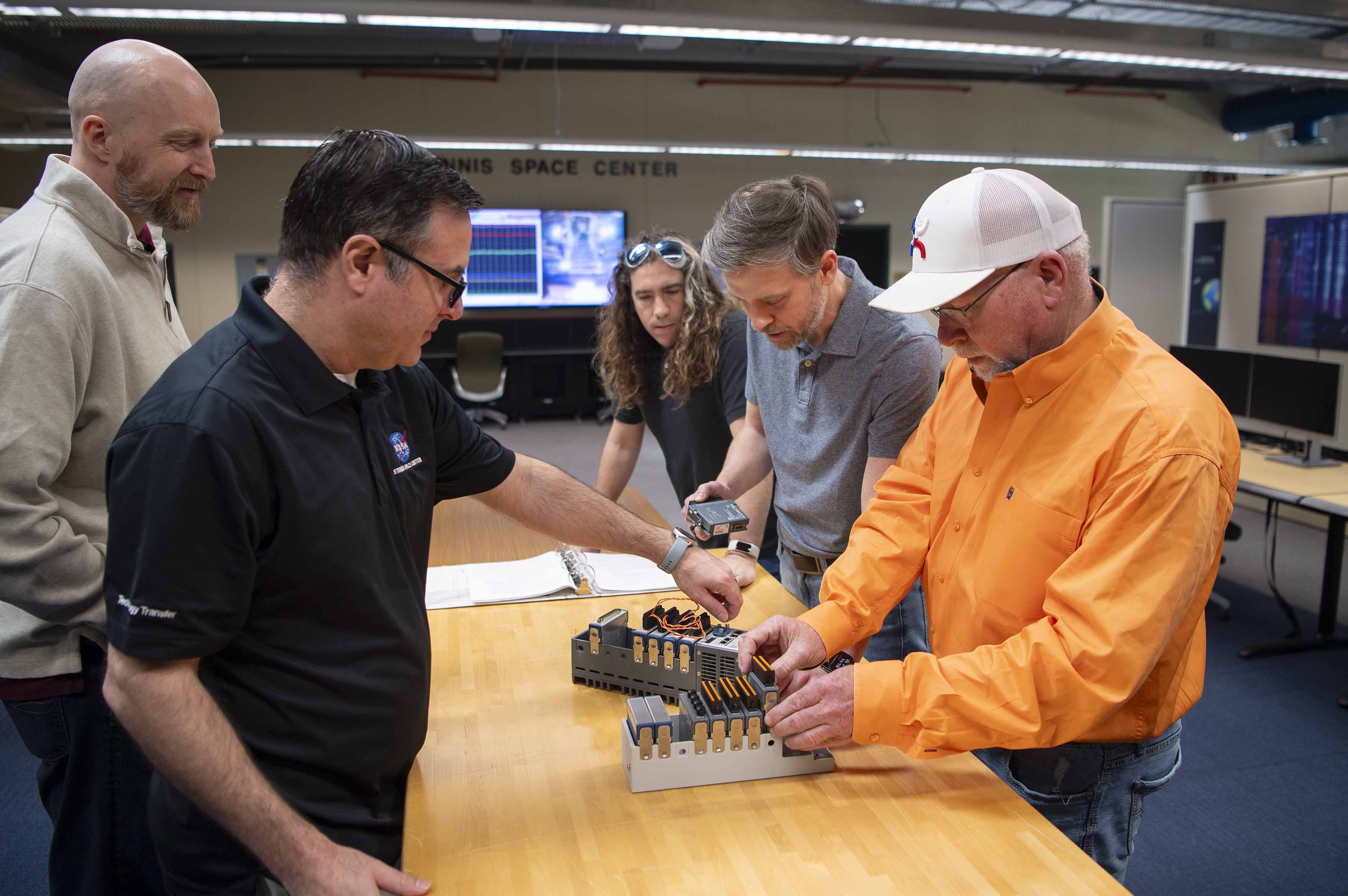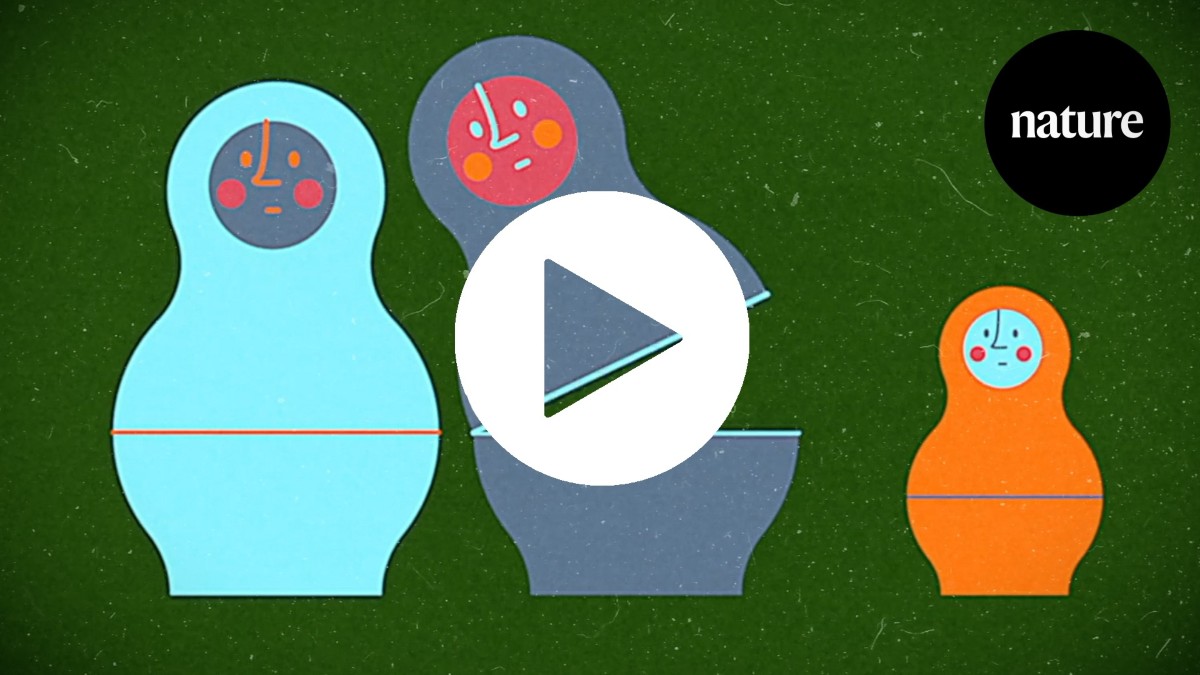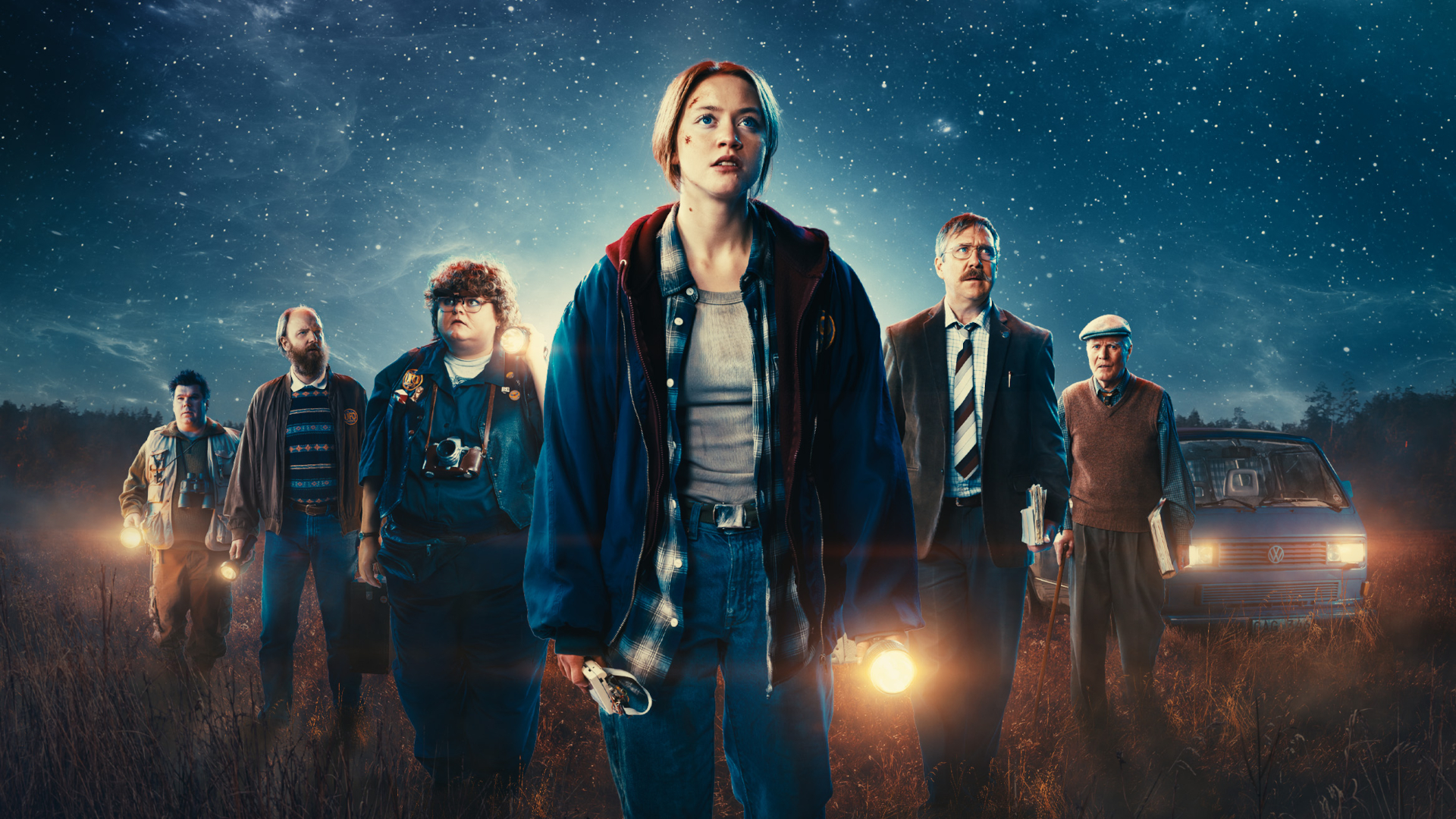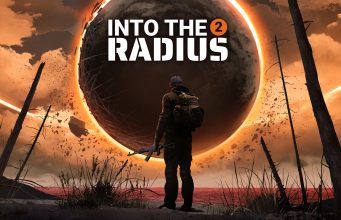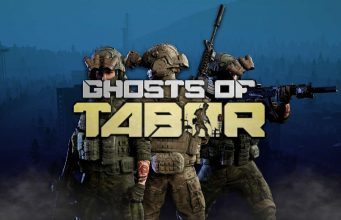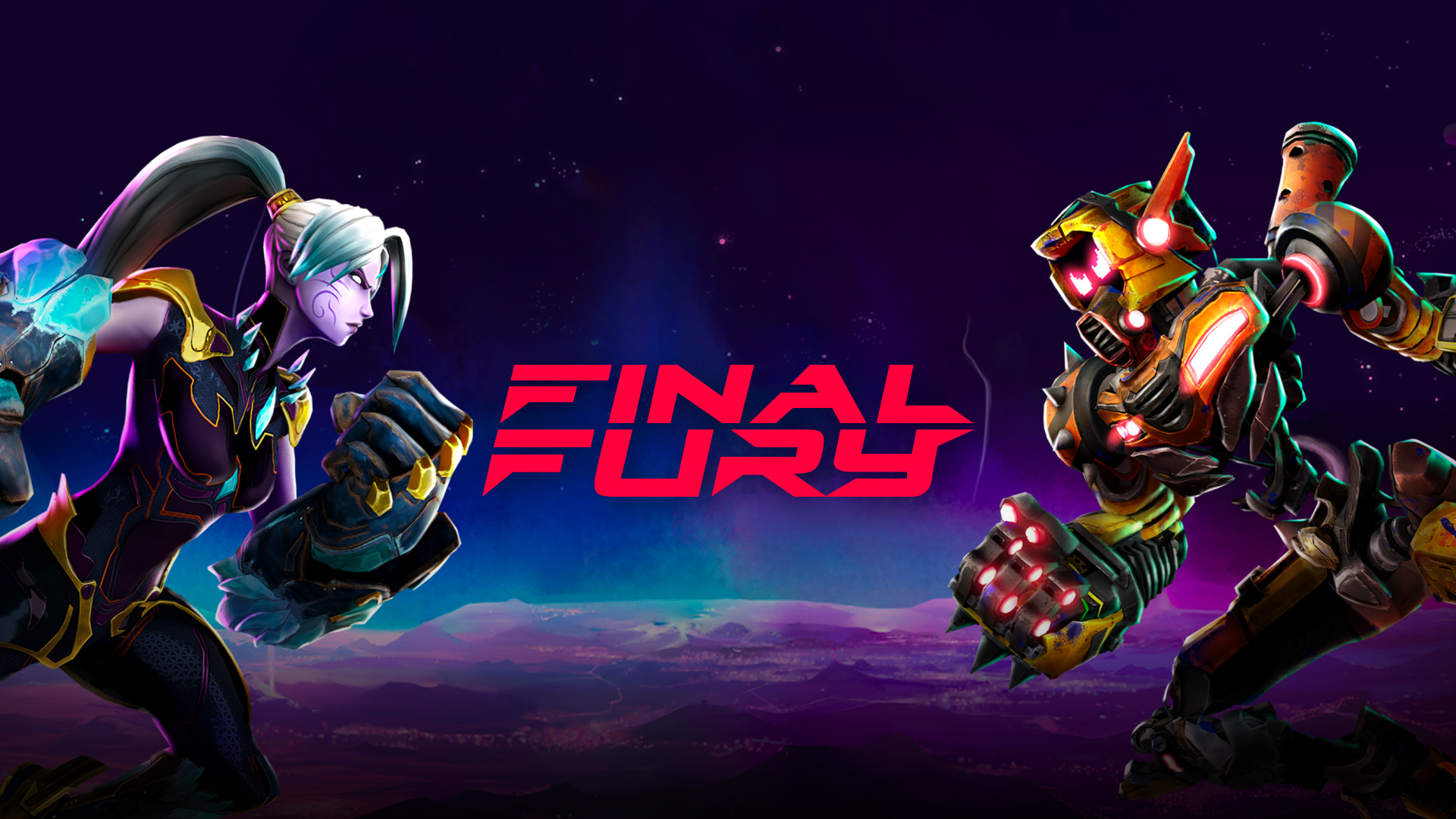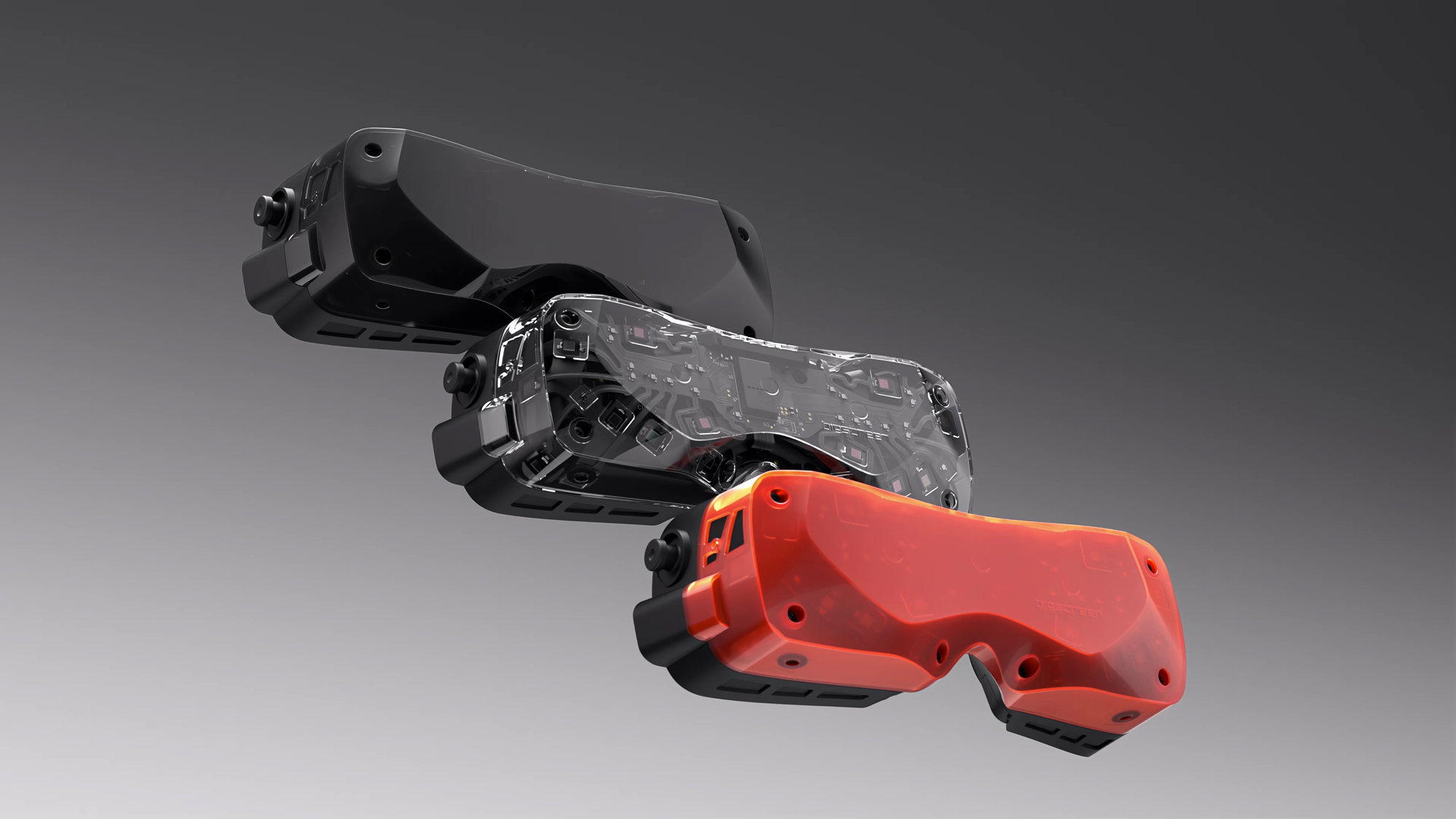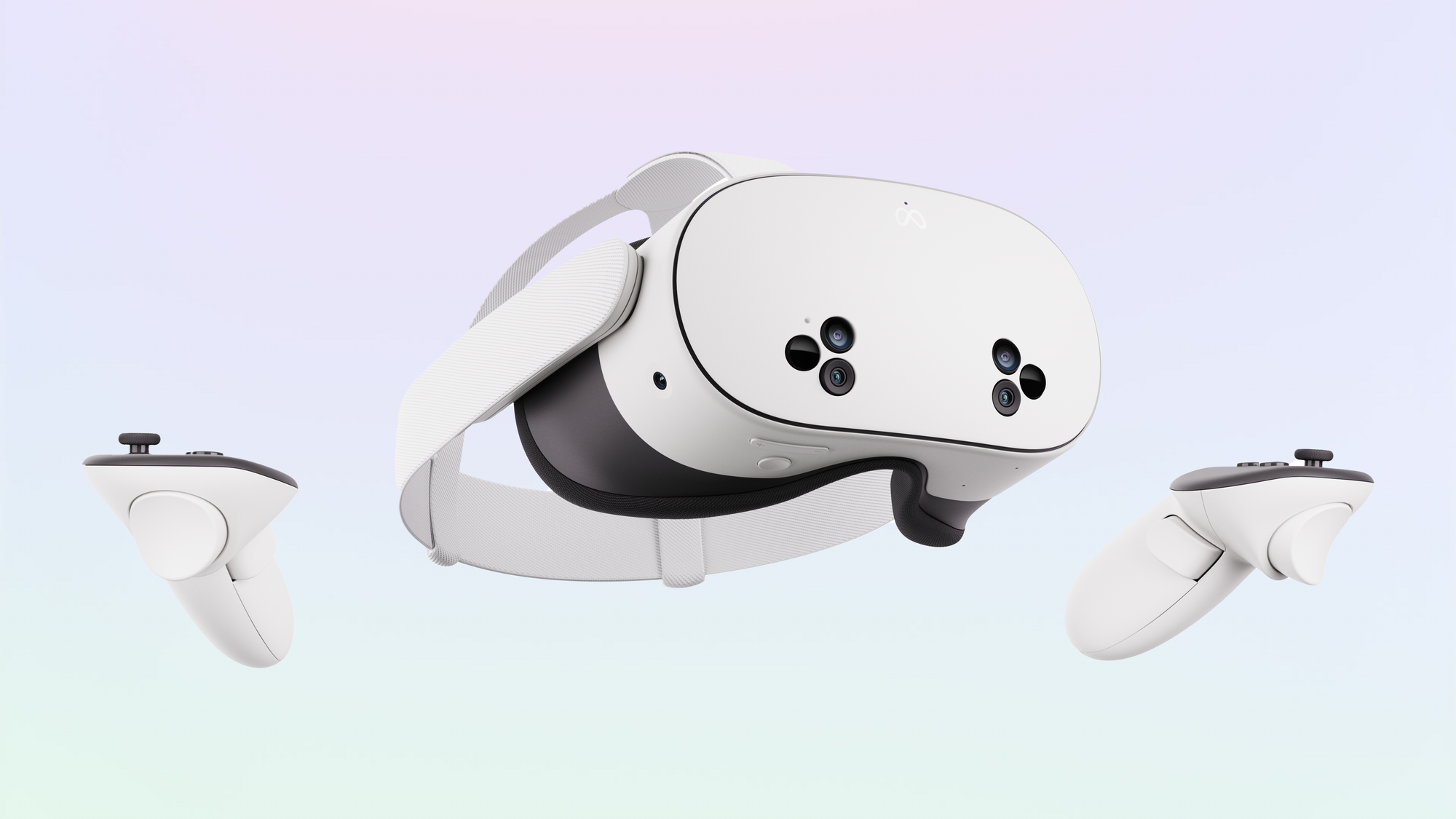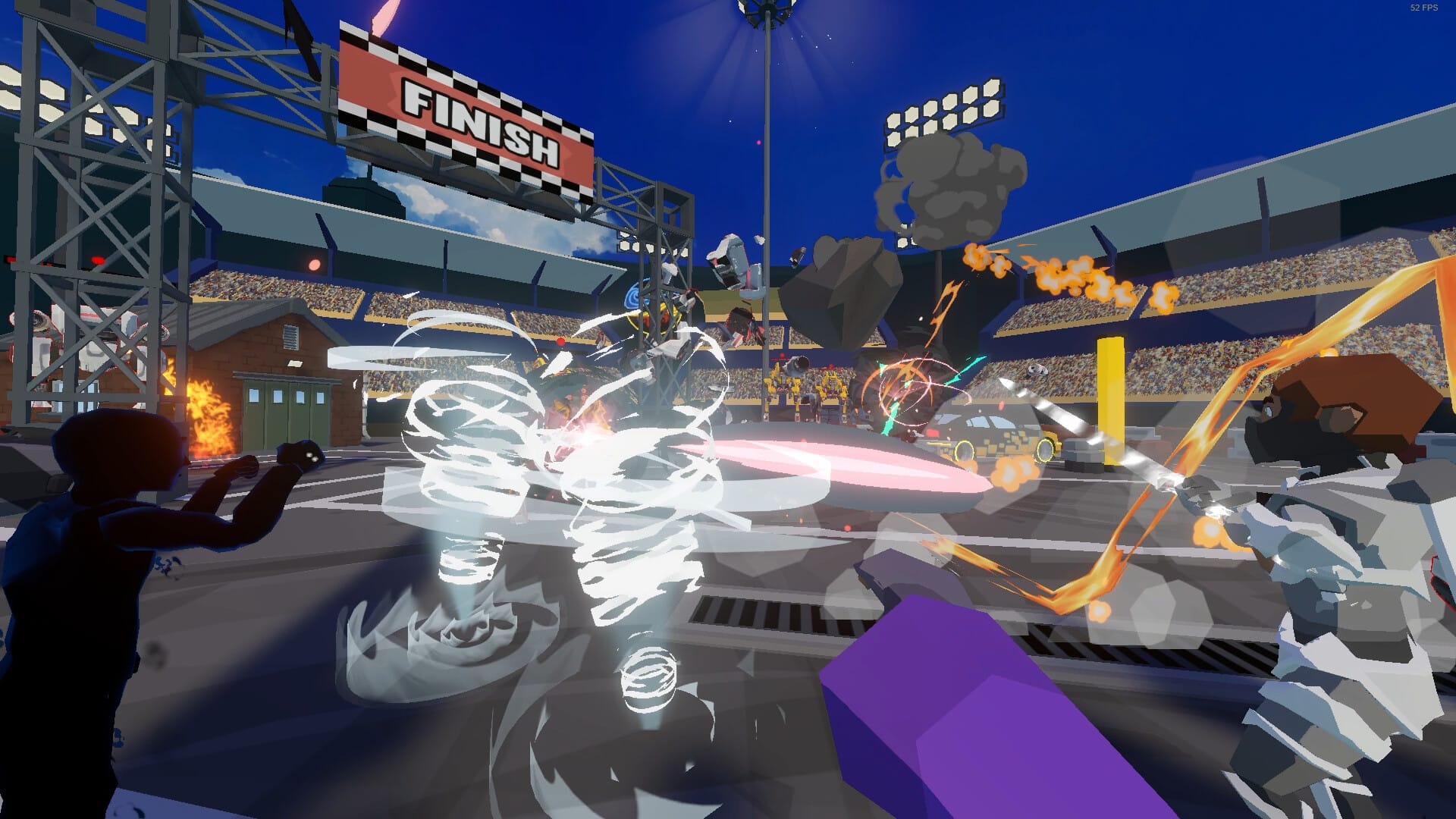The Midnight Walk Review: A Beautifully Dark Clay Adventure
With its gripping dark fantasy world and beautiful claymation visuals, The Midnight Walk is a memorable journey in VR.
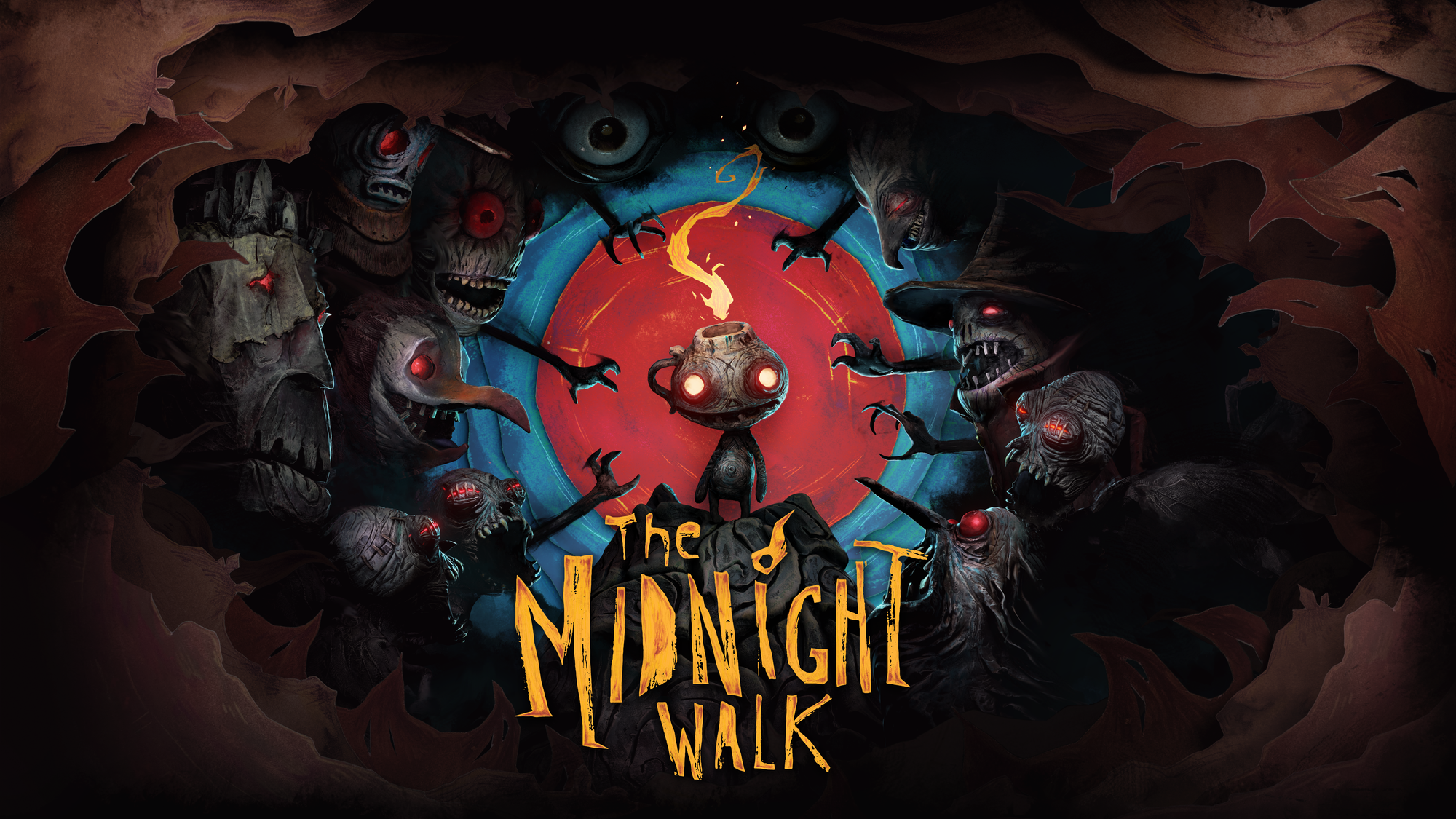

With its gripping dark fantasy world and beautiful claymation visuals, The Midnight Walk is a memorable journey in VR. Read on for our full review.
Lost in Random was one of my favorite flatscreen games in 2021, and I never expected its two directors to end up working in VR. The Midnight Walk feels like a natural progression of the former's gothic fairy tale, only this time it's interlaced with light horror. You almost feel like you've walked into a Tim Burton movie with these gorgeous stop-motion inspired visuals, and that's especially true in VR.
As 'The Burnt One,' our role in this world is both as a direct participant and a guiding force. This captivating world soon drew me in, and the goal is to complete the titular walk with an adorable lantern creature called Potboy for company. You don't directly control him, though he can be prompted into certain actions for completing puzzles, like lighting a fire to raise the platform we're standing on. Each chapter is unified by a common theme that involves restoring light to this dark, depressing world, delivering a roughly six-hour journey that may last longer if you exhaust finding the collectibles. Short PC VR gameplay clip captured by UploadVR
Potboy and The Burnt One aren't much for words, and that's ok when there's a great cast of unusual characters. Between your mobile house with legs, cryptic soothsayers, headless beings who love insulting you for having limbs, and more, an eccentric cast injects some strong personality with great voice acting. I'm keen to learn more about each area's history and its inhabitants, so it's pleasing to see The Midnight Walk provide that via optional audio logs.
I wouldn't call each chapter's puzzle solving shallow, just that it never feels too in-depth or challenging. Puzzles like lighting a whole set of candles before the invisible timer runs out can be tough, but that's more because firing matches from your cannon often feels fiddly. Others are more straightforward, like collecting all the items in a set or simply choosing the correct order.
What's particularly interesting is how The Midnight Walk uses closing your eyes as a mechanic. Whether that's listening around for clues, opening passageways upon seeing an active eye or even turning a monster to stone, it's a well implemented idea that relies on your senses. These moments are where the sharp audio design really shines, leaving cues that feel clear and distinguishable.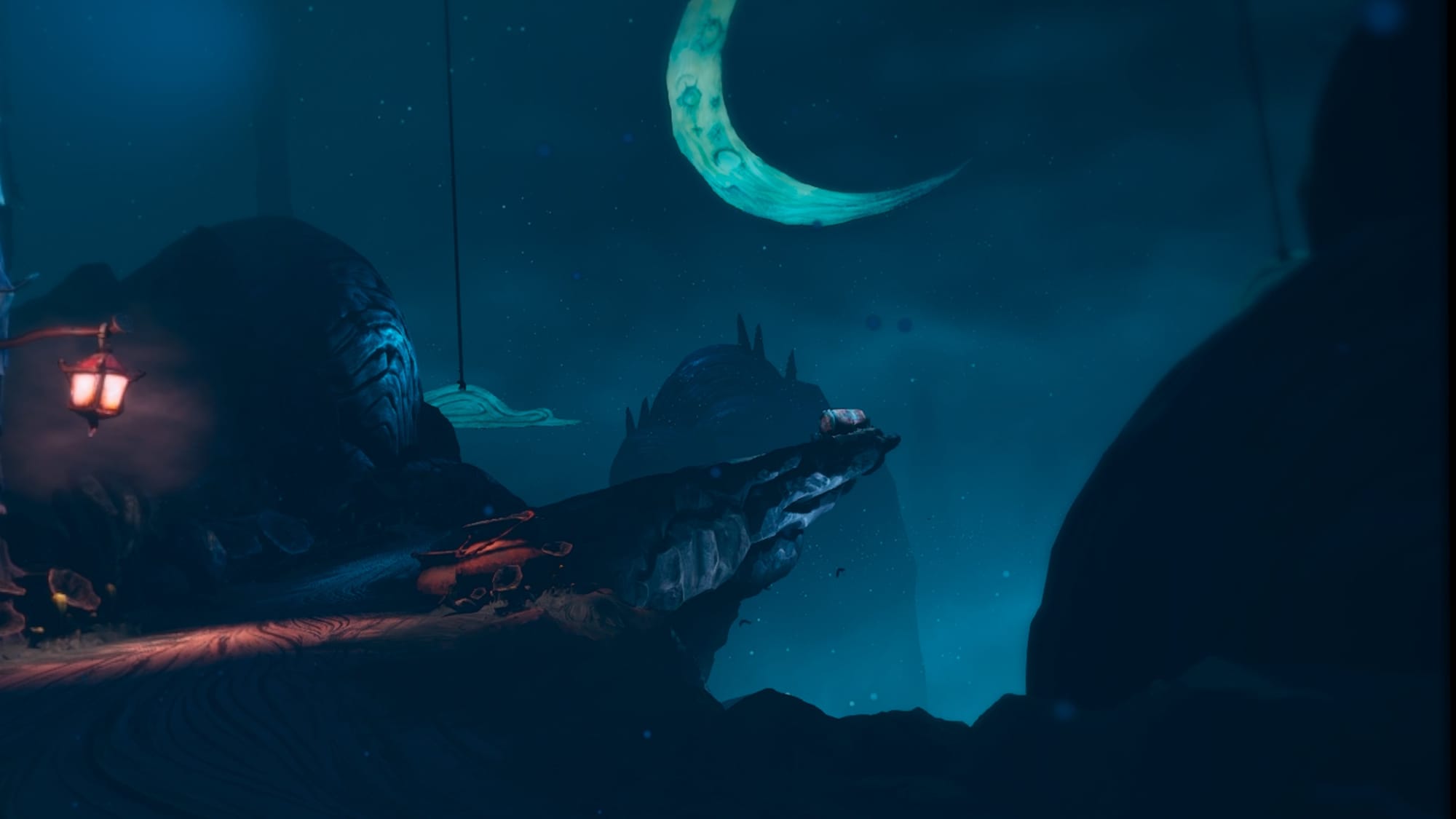
As someone who's slightly deaf in one ear, I'm glad to see there's a Visual Aid option that helps visualize your surroundings during these moments. The Steam version also uses gaze tracking and a button press to close your eyes across the game, while PlayStation VR2 seemingly benefits by using the eye tracking instead. We've not had the chance to try both versions yet, so I can't directly compare.
PC Specs Used
My desktop uses an Intel i9 16-Core Processor i9-12900 (Up to 5.1GHz), 32GB RAM - Corsair VENGEANCE DDR5 5200MHz, and a 16GB Nvidia GeForce RTX 4070 Ti Super. This review was conducted using a Meta Quest 3 via the Steam Link app, and I had no performance issues on 'Epic' settings.
Stuttering was initially a noticeable issue when using Virtual Desktop during this review, though a late hotfix appears to have fixed that. You can find the minimum and recommended specs on the Steam page to learn more. If performance is an issue, you can disable the 'film grain' visual option from the main menu for a small framerate boost.
The stealth sections are easily the most nerve-racking, and I don't agree with MoonHood calling this “cozy horror.” The clay aesthetic tones it down, sure, but weird creatures screaming their lungs off at you while hiding in a cupboard is not my idea of comfortable. I'm the first to admit that I'm normally a complete VR horror coward, yet I still navigated this with relative ease.
What I will say is that these segments do a fine job highlighting some of the world's more terrifying inhabitants, and this leads to a few hair-raising moments. You don't have any weapons, so figuring out how to get past these unkillable foes is often a puzzle in itself. Outsmarting these nightmarish creatures feels rewarding once you're through.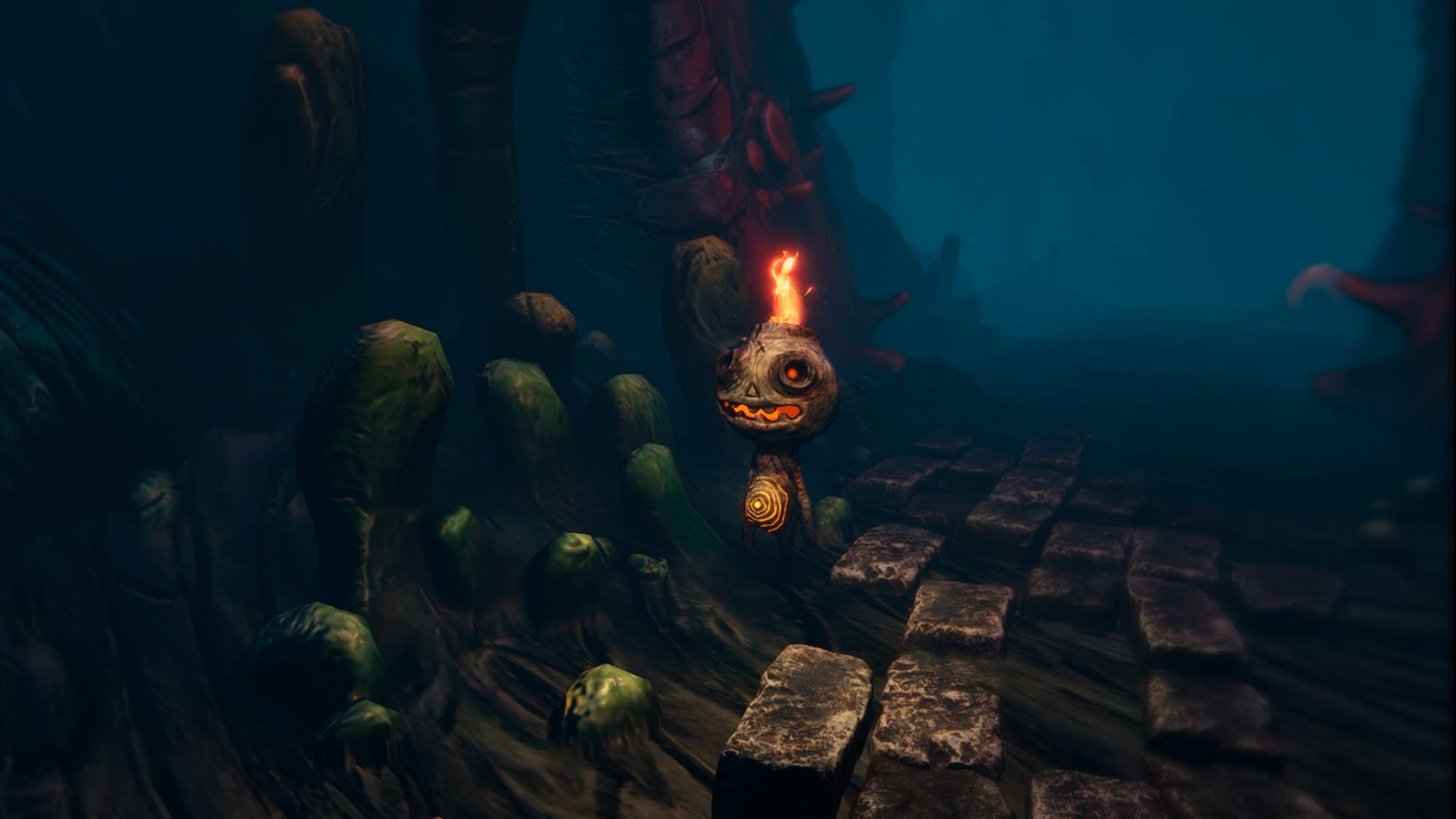
I've touched upon the visuals already, but I can't get over how good The Midnight Walk looks in action. Much like the Wallace & Gromit game, MoonHood's animation really captures the spirit of stop-motion design well. Everything looks great up close and that's all helped by the unique, often haunting designs for both characters and monsters alike.
Comfort
The Midnight Walk will ask you whether you're playing in seated or standing mode every time you load up the game in VR. Movement uses artificial stick-based locomotion, while the camera can be set to smooth turning or snap turning with adjustable degrees. Acceleration can be set to “linear” or “exponential” settings, too. Head bobbing during movement can be disabled or enabled. Stick navigation can be inverted in VR, and comfort vignettes with three intensities are available.
With wider accessibility, optional subtitles come in five different text sizes. Yellow or white text color can be chosen, and background opacity can be selected with three different strengths. Controller vibration can be switched off in-game, and the haptic intensity is adjustable. A visual aid feature is also available for players with hearing impairments to highlight object locations while closing your eyes in-game.
We've not gone hands-on with the PlayStation VR2 version yet, so we can't say if there's any version-specific settings there. However, MoonHood previously confirmed that it uses eye tracking. On PC, you've got the option to enable gaze tracking by moving the headset in a specific direction.
That's only hampered by noticeable problems with LOD even on the highest PC settings, and you can sometimes see textures changing in your line of sight. It's a concern worth noting, but it's not a major game ruining concern by any means. Ultimately, that takes little away from these thoughtfully designed environments that have me searching for all of its hidden secrets.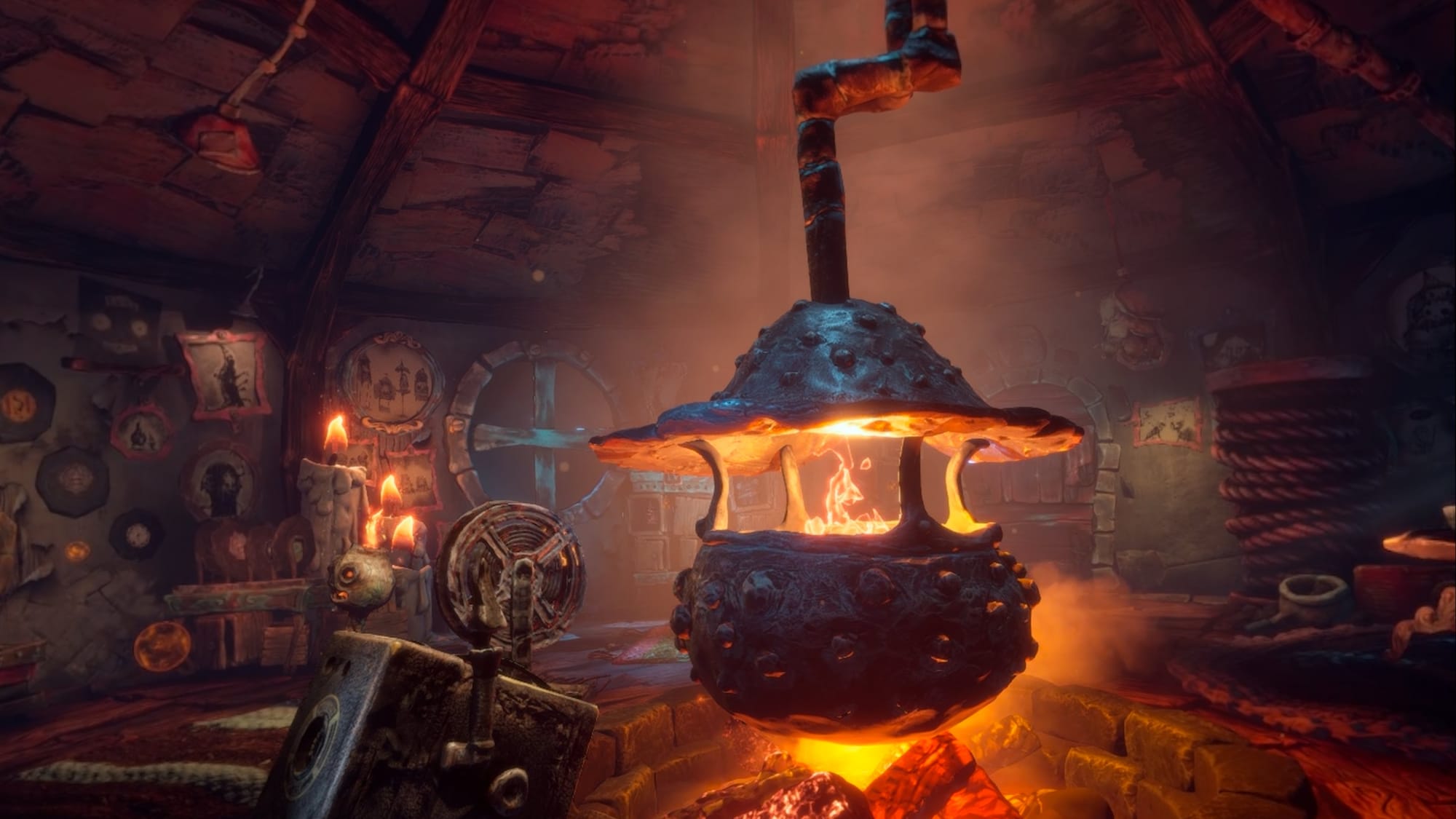
Whenever a hybrid game comes along, I'm often worried that VR support will feel like an extra compared to playing it flat. Designing for both typically involves compromises, and The Midnight Walk finds a great middle ground with some smaller trade-offs. Some sections involve “grabbing” onto a handlebar while flying, but your hands physically are not holding the bar during these scenes. With items, some can be passed over directly but with keys, those need to be dropped in front of the keyhole instead of a physical action.
Even still, I'd argue that The Midnight Walk feels like a VR game with a flatscreen mode and not the other way around. Striking a match to light it with motion controls, grabbing items directly from your inventory or frantically grabbing door handles to open cupboards as you try hiding from a nearby enemy add some welcome physicality. Having tested it both ways, VR is the optimal way to play and it never feels like an afterthought.
The Midnight Walk Review - Final Verdict
The Midnight Walk offers a memorable adventure that's enchanting and bleak in equal measure, one that feels like wandering into a twisted fairytale. It's a gripping tale with beautifully crafted claymation visuals, held back only by some minor frustrations and not especially in-depth puzzles. MoonHood have delivered a great example of hybrid design between flatscreen games and VR, and it's a strong recommendation from me.
UploadVR uses a 5-Star rating system for our game reviews – you can read a breakdown of each star rating in our review guidelines.


























